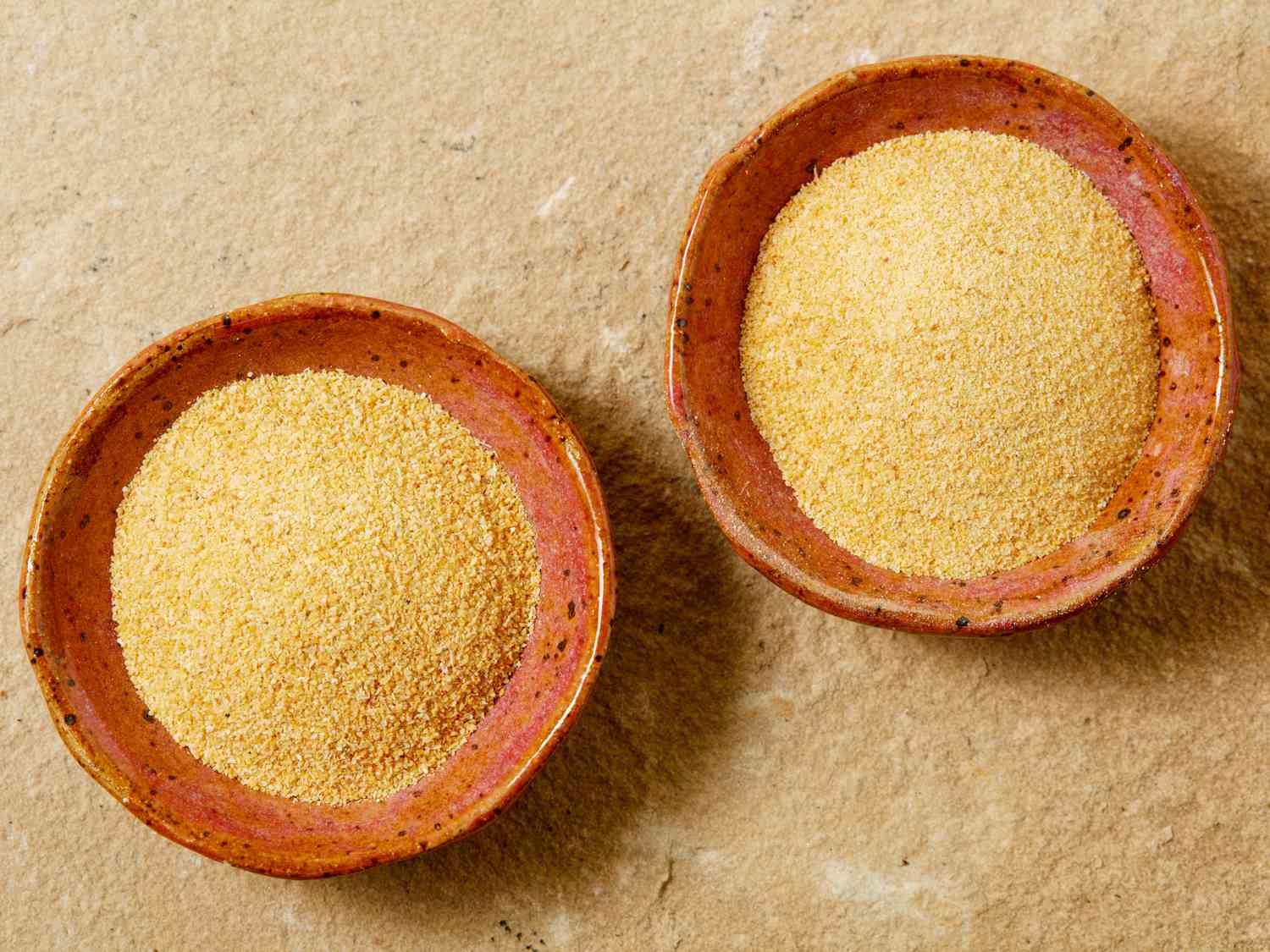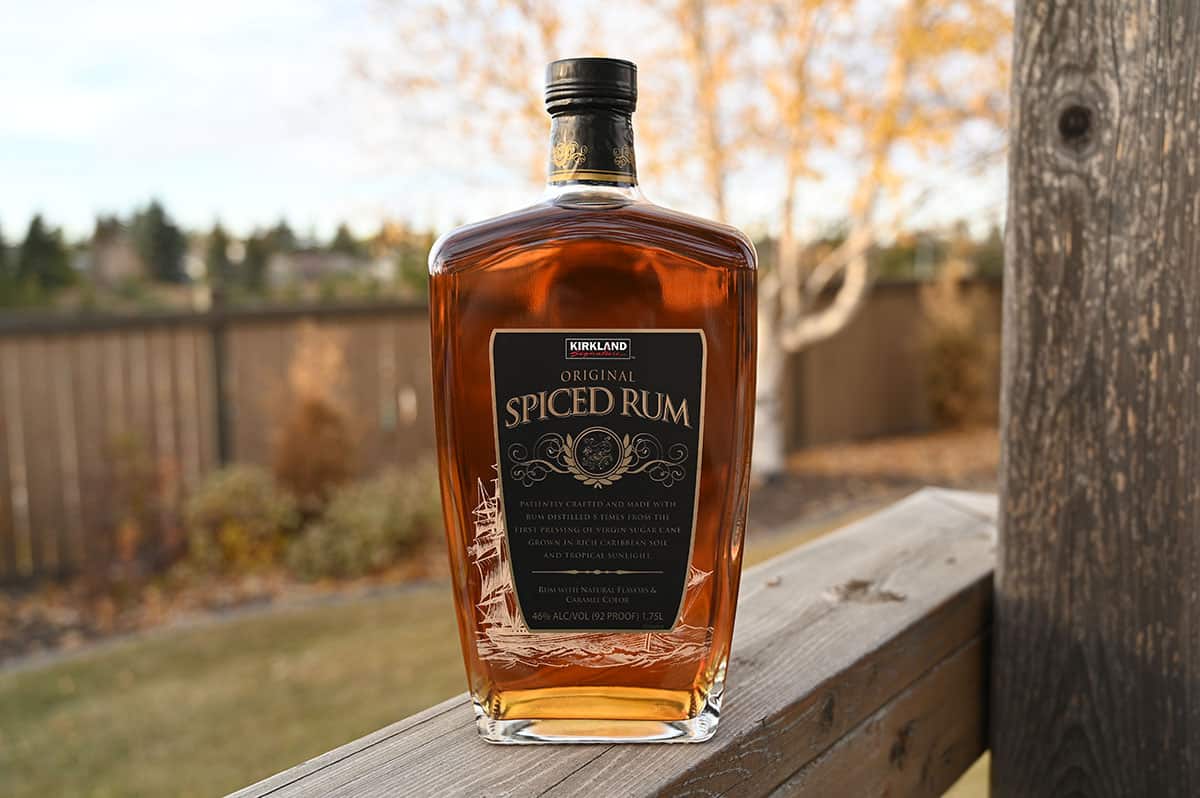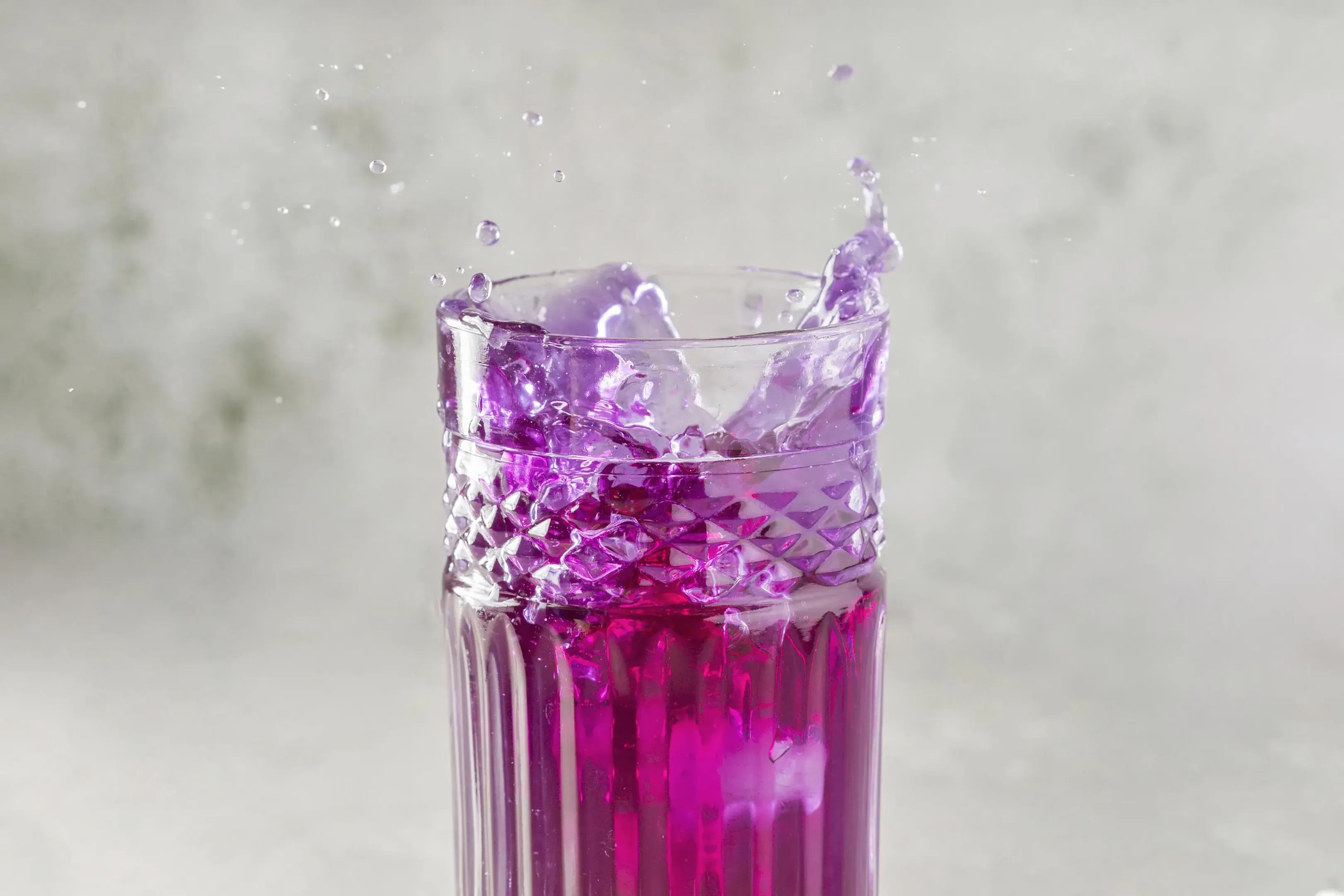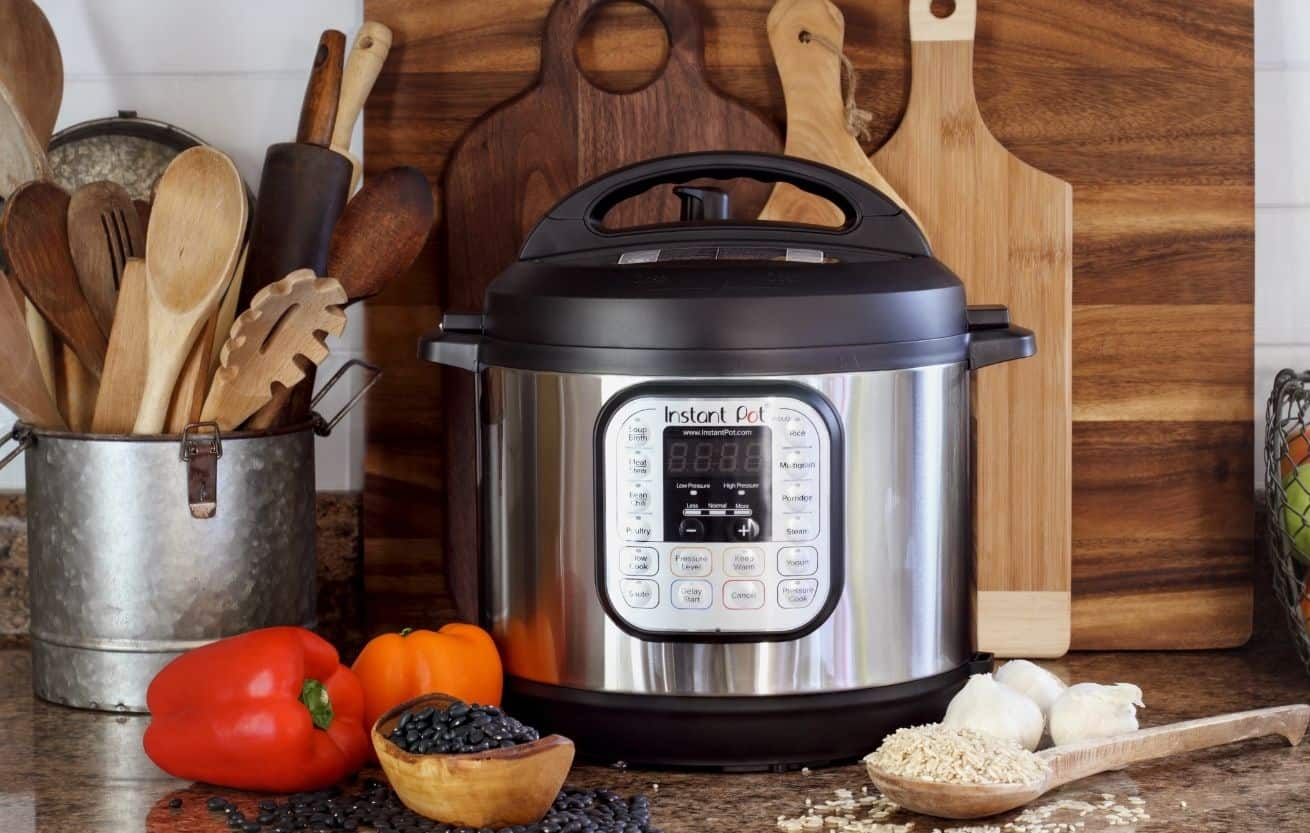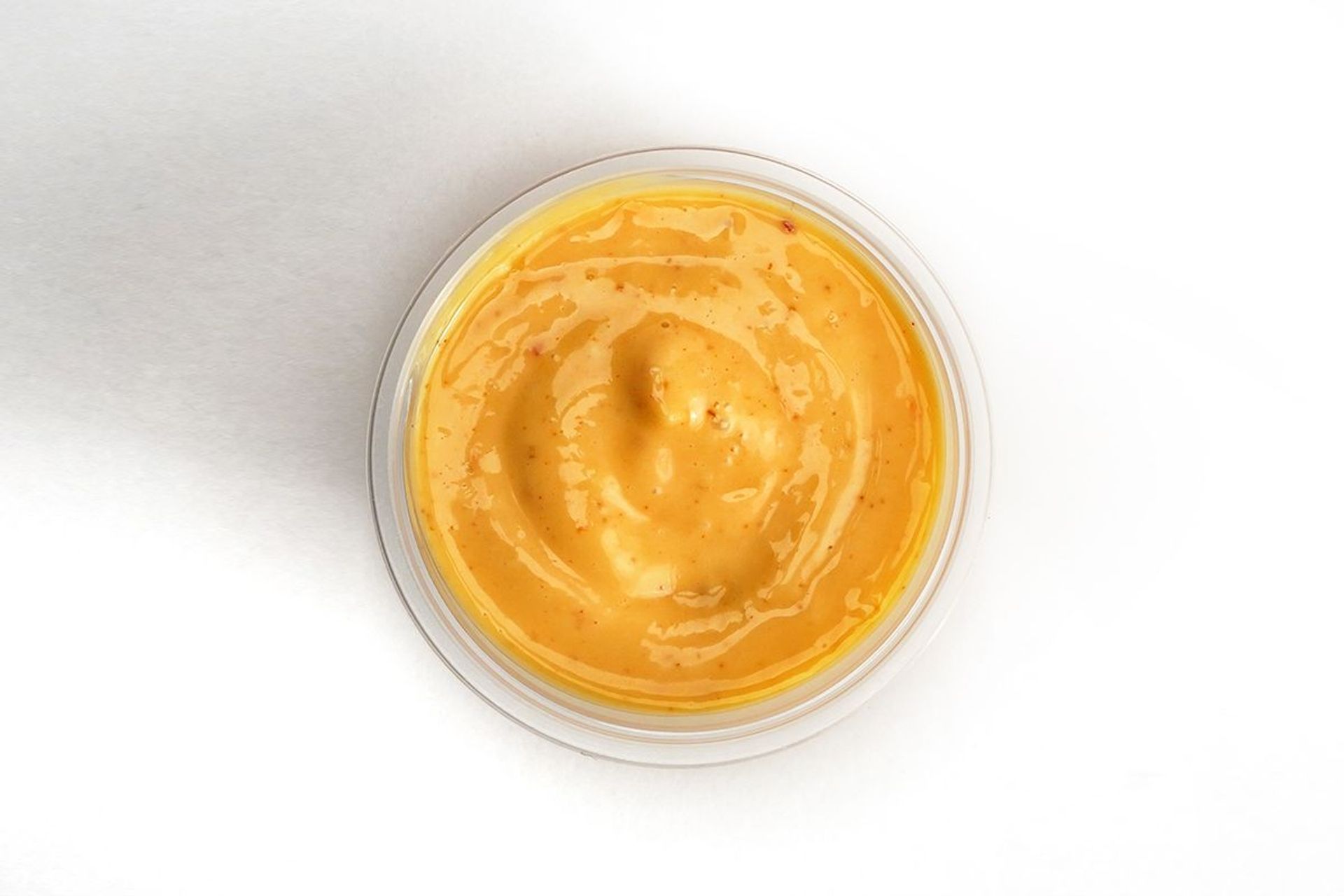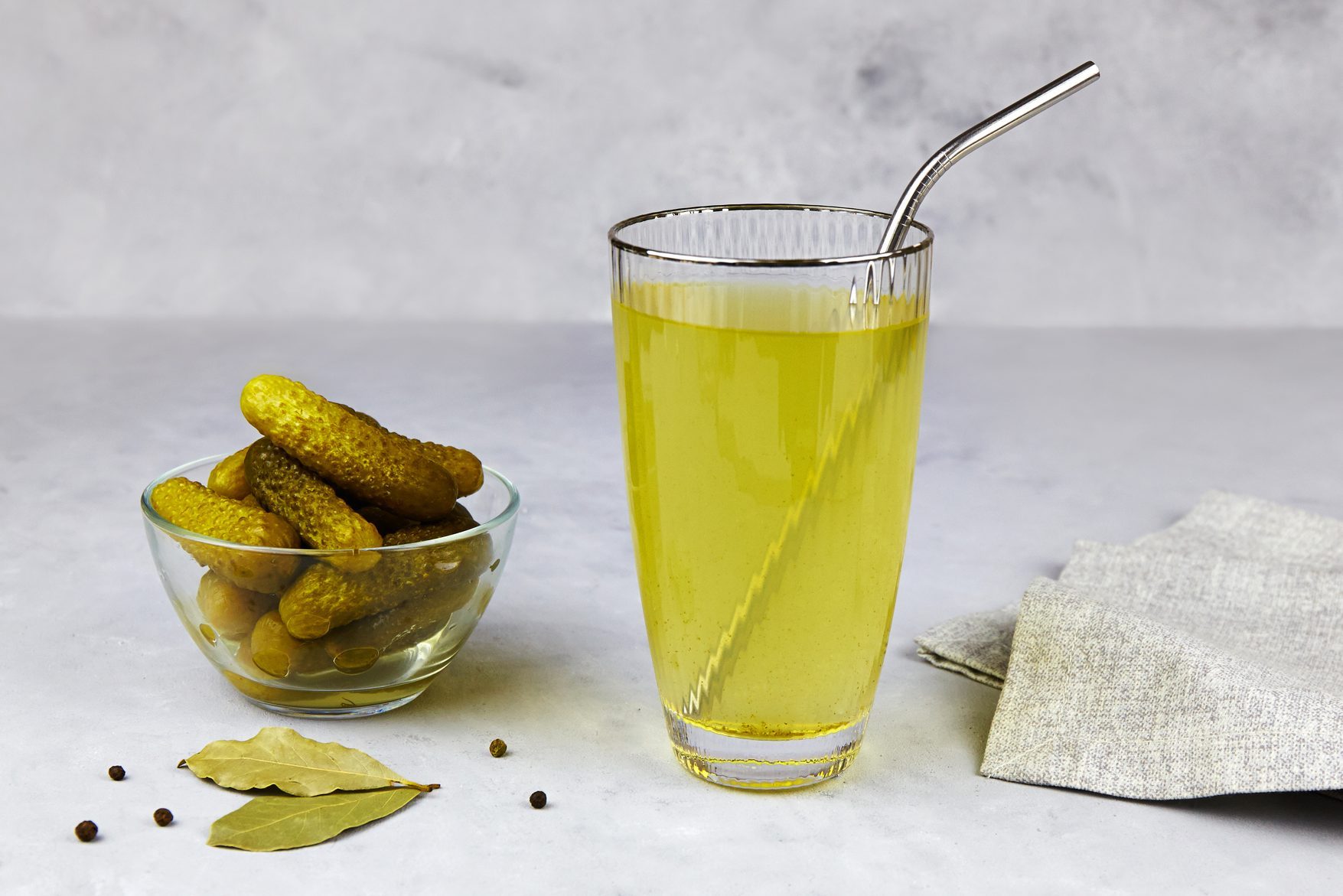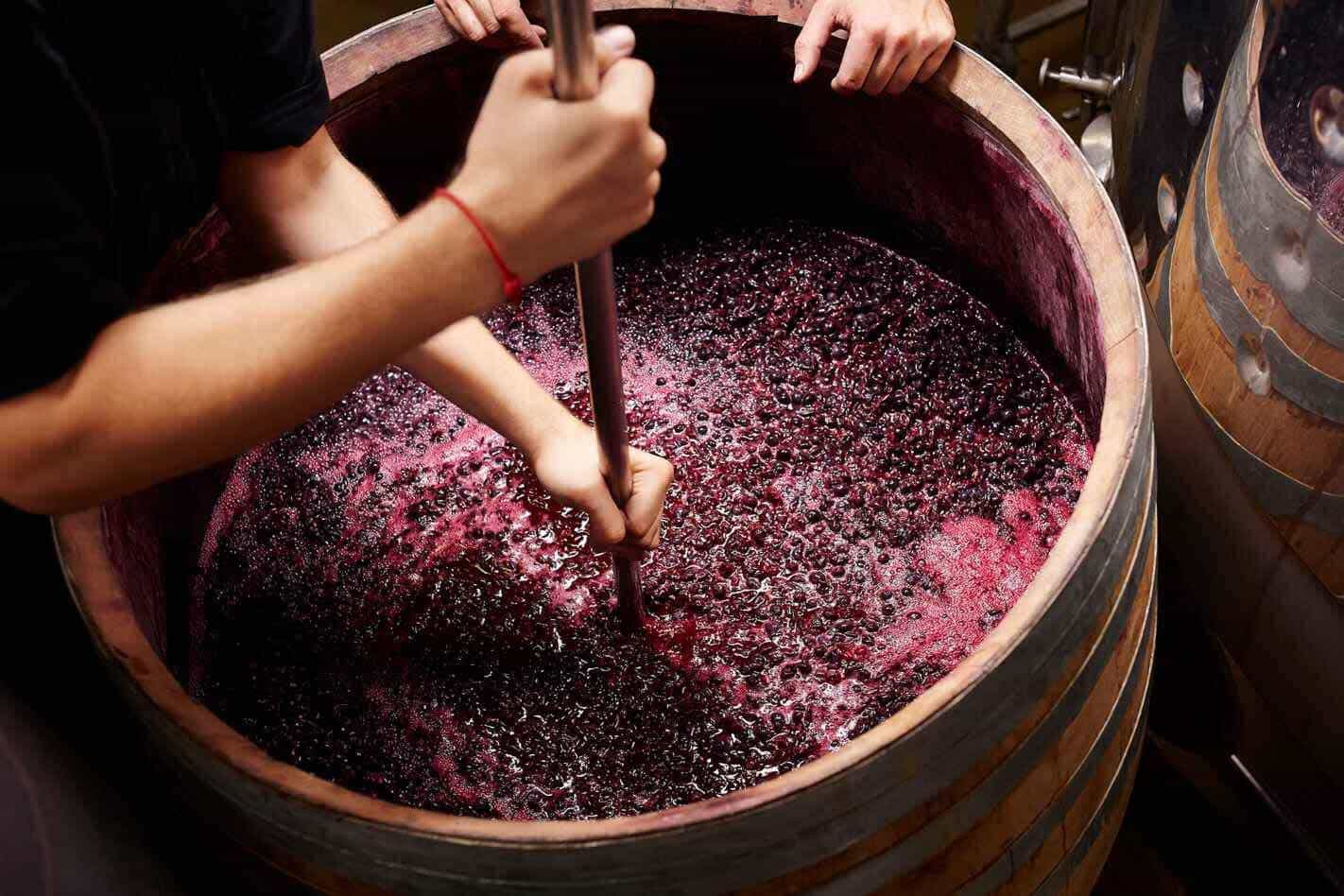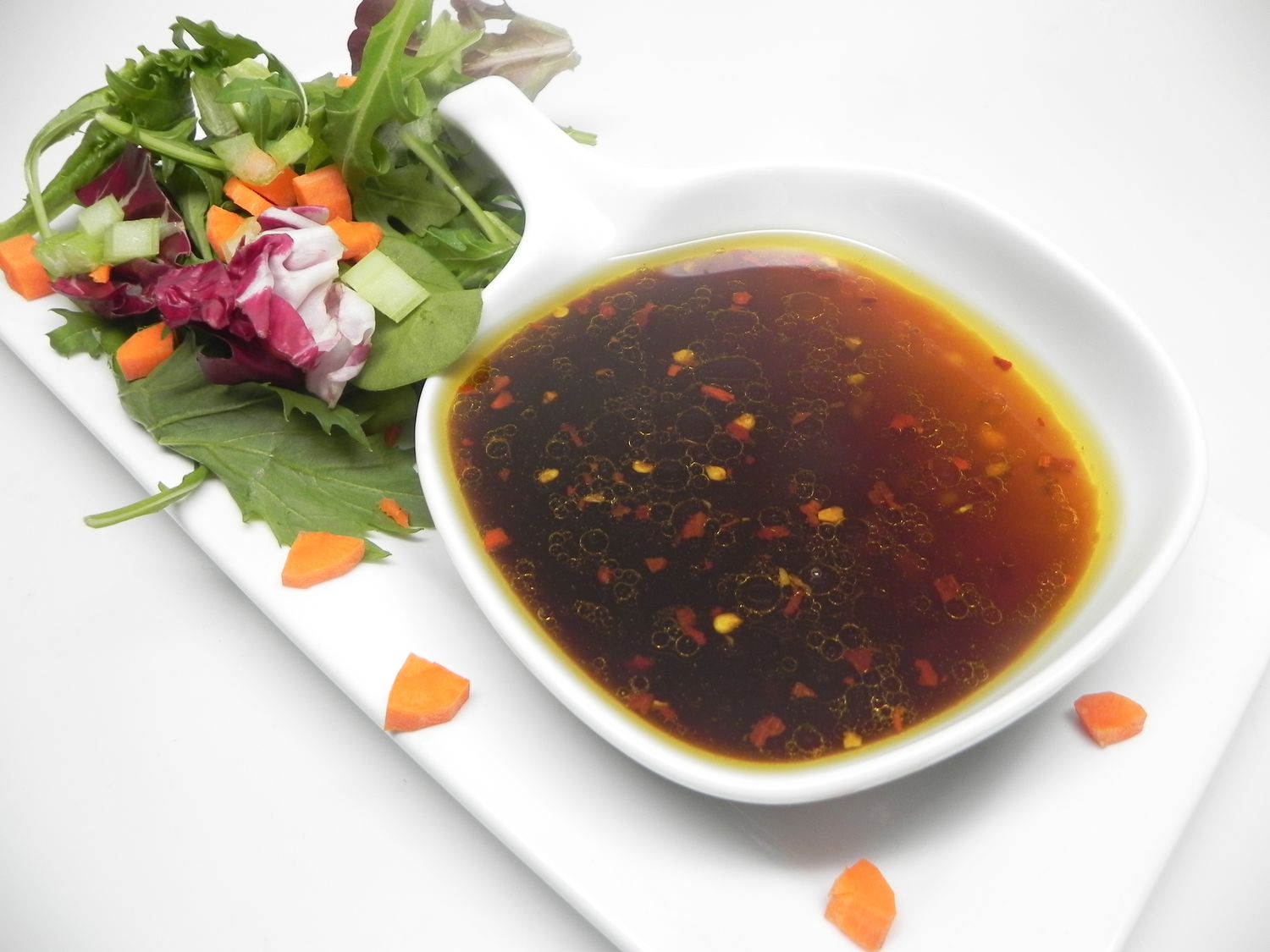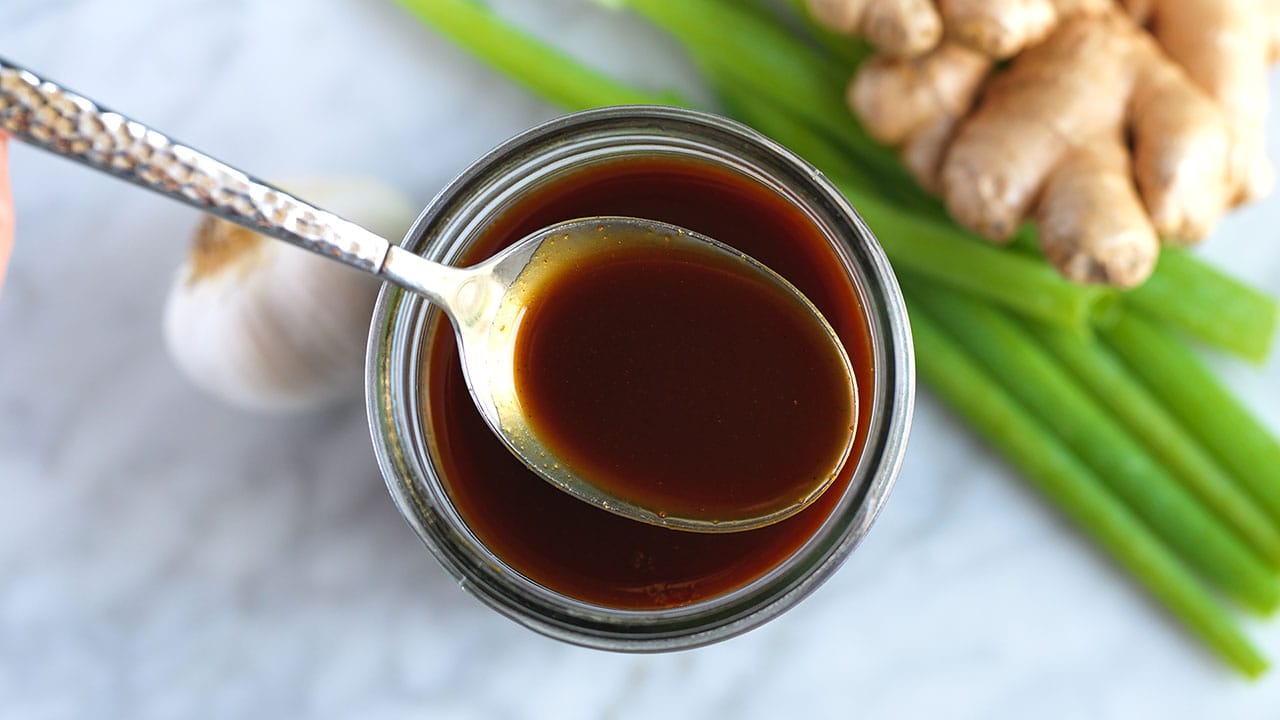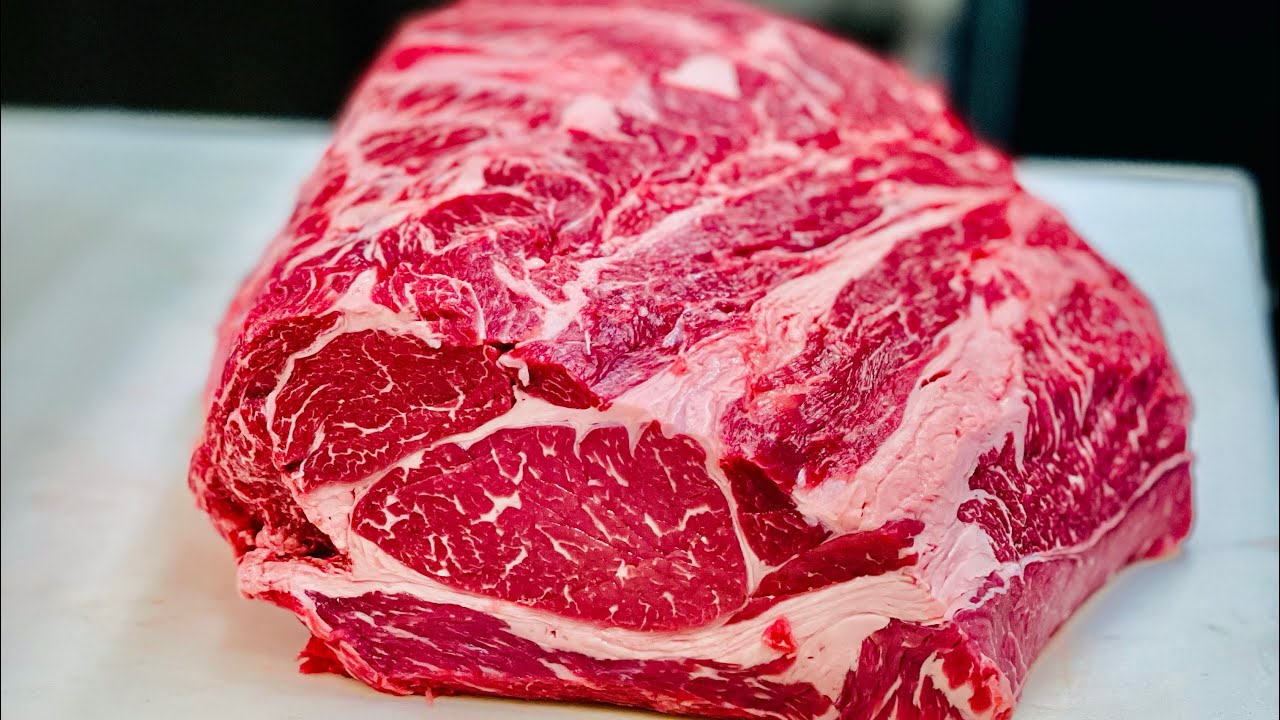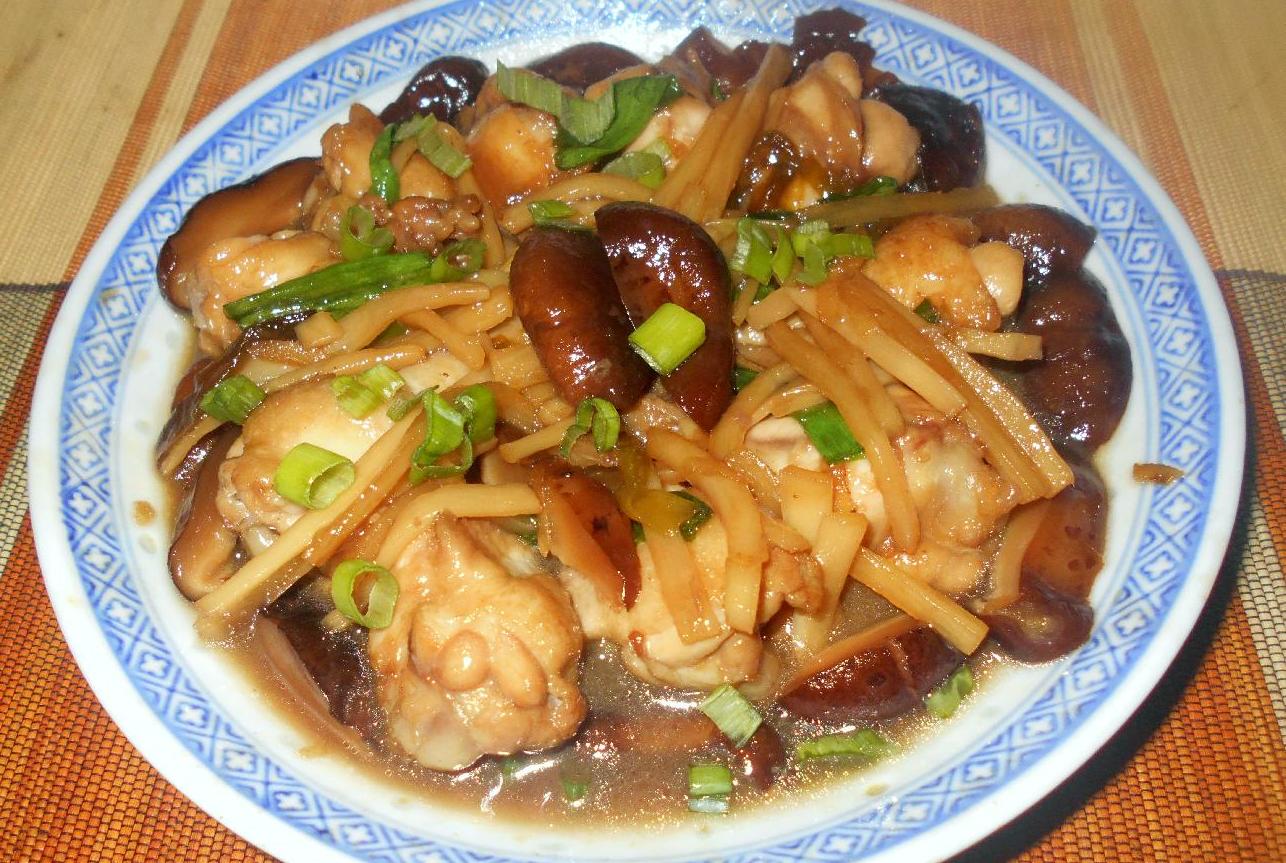The Difference Between Simmer and Boil
When it comes to cooking, understanding the difference between simmering and boiling is crucial. Both methods involve heating water, but they are used for different purposes and can have a significant impact on the outcome of your dish. Let’s explore the distinctions between simmering and boiling to help you become a more confident and skilled cook.
Simmering
Simmering is a gentle cooking technique that involves heating a liquid to a temperature just below its boiling point. The liquid should produce small bubbles that rise to the surface slowly and steadily. To achieve a simmer, the liquid is heated over low to medium heat, maintaining a constant but not overly vigorous bubbling action.
When you simmer food, it cooks slowly and evenly, allowing flavors to meld and develop. This method is ideal for delicate foods such as poached eggs, fish, and tender vegetables. Simmering is also commonly used to prepare soups, stews, and sauces, as it helps to tenderize tougher cuts of meat and infuse the liquid with rich flavors.
Boiling
Boiling, on the other hand, involves heating a liquid to its highest possible temperature, where large bubbles rapidly break the surface. This intense agitation of the liquid makes boiling a more aggressive cooking method compared to simmering. Boiling is often used to cook pasta, blanch vegetables, and sterilize water for drinking.
When you boil food, it cooks quickly and can become tender or soft in a short amount of time. However, boiling can also cause delicate foods to break apart or become overcooked if not closely monitored. It’s important to keep a watchful eye on foods that are boiling to prevent them from becoming mushy or losing their shape.
Key Differences
Now that we’ve explored the basic definitions of simmering and boiling, let’s summarize the key differences between the two cooking methods:
- Temperature: Simmering occurs at a lower temperature than boiling.
- Bubbling Action: Simmering produces small, gentle bubbles, while boiling results in rapid, vigorous bubbles.
- Cooking Time: Simmering is a slower cooking process, while boiling is faster.
- Food Type: Simmering is ideal for delicate foods and for developing flavors, while boiling is suitable for quickly cooking foods or sterilizing liquids.
When to Use Each Method
Understanding when to use simmering versus boiling is essential for achieving the best results in your cooking. Here are some general guidelines to help you determine which method to use:
- Simmering:
- Preparing soups, stews, and sauces
- Cooking delicate proteins such as fish and eggs
- Tenderizing tough cuts of meat
- Boiling:
- Cooking pasta and grains
- Blanching vegetables before freezing or further cooking
- Sterilizing water for drinking or cooking
Conclusion
In conclusion, while both simmering and boiling involve heating liquids, they serve distinct purposes in the culinary world. Simmering is a gentle, slow-cooking method that enhances flavors and tenderizes foods, while boiling is a more rapid process used for quickly cooking or sterilizing ingredients. By understanding the differences between these two techniques and knowing when to use each one, you can elevate your cooking skills and create delicious, well-prepared dishes.
Next time you step into the kitchen, consider whether your recipe calls for a gentle simmer or a rolling boil, and let your newfound knowledge guide you to culinary success!
Was this page helpful?
Read Next: What Is Golden Caster Sugar?
